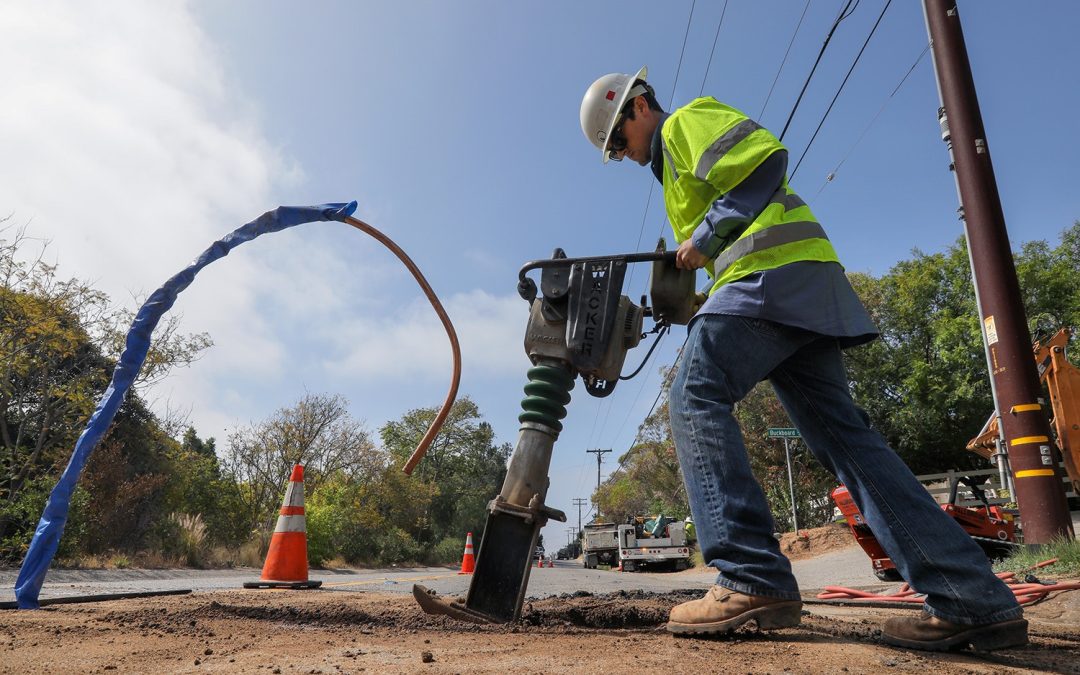
Alberta Launches New AAIP Pathway for Law Enforcement Professionals
Alberta Advantage Immigration Program (AAIP) will begin accepting applications for its new law enforcement professionals pathway later this year, with the exact date yet to be determined.
The AAIP, one of Canada’s 11 Provincial Nominee Programs (PNPs), is unveiling a new permanent residence (PR) pathway. This initiative aims to bolster Alberta’s police services by achieving recruitment goals for public safety and addressing crime across the province.
Addressing Decline in Police Career Interest
The province has observed a significant decline in the number of residents pursuing careers in policing. This new PNP stream is designed to support Alberta Police Services by attracting qualified professionals.
Check Your Eligibility for Canadian Immigration
In 2024, the AAIP law enforcement pathway will offer 50 nominations for PNP candidates. This stream is aligned with Express Entry, meaning candidates must meet all Express Entry criteria to qualify for PR.
Introduction and Eligibility Criteria
Announced on June 25 by the Government of Alberta, this pathway has specific eligibility requirements. Candidates must have a job offer from an employer who is a member of the Alberta Association of Chiefs of Police (AACP) and meet all other Express Entry criteria.
Eligible occupations include:
– Commissioned and non-commissioned police officers
– Public protection services professionals
– Police investigators and related investigative roles
– Specialized law enforcement positions
Overview of the AAIP
The AAIP is an economic immigration program that allows Alberta to nominate candidates for permanent residence based on their potential to fill labor market gaps and demographic needs. The program comprises several streams designed to meet these objectives, including:
– Alberta Opportunity Stream
– Alberta Express Entry Stream
– Accelerated Tech Pathway
– Rural Renewal Stream
– Farm Stream
– Graduate Entrepreneur Stream
– Foreign Graduate Entrepreneur Stream
– Rural Entrepreneur Stream
Each AAIP stream has specific eligibility criteria. Some streams require an existing connection to Alberta, such as a job offer, family ties, or educational history in the province.
Managing High Demand
Due to high demand, Alberta has introduced new application guidelines to manage the intake process efficiently. These guidelines affect the Alberta Opportunity Stream, Rural Renewal Stream, and Accelerated Tech Pathway.
The province will accept a targeted number of applications each month. Candidates who cannot apply due to the monthly cap can reapply the following month.







 Useful Resources for Canada
Useful Resources for Canada
 Useful Resources for U.S.
Useful Resources for U.S.
 Our Local Immigration Services
Our Local Immigration Services